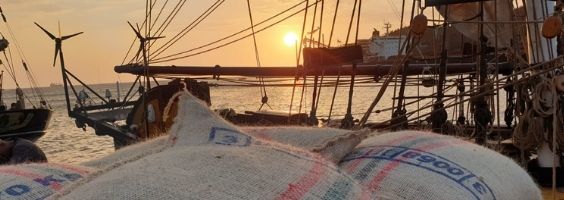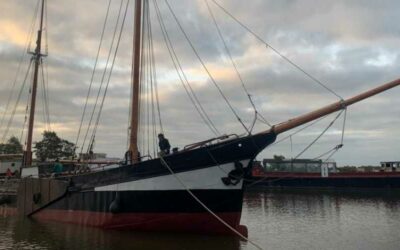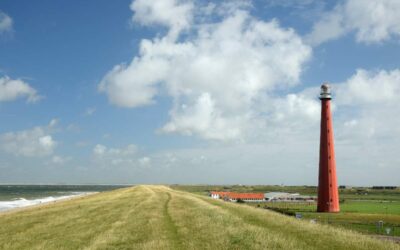Carbon emissions and climate change have been particularly popular topics in the last few years. The immense need for sustainable alternatives in the market for the production of goods, transportation and their manufacturing keeps growing and society is realizing more and more how the emissions produced harm our planet.
What is Carbon Footprint Labeling?
Carbon Footprint labelling is a concept that has been introduced and implemented in Asian countries such as Japan and South Korea back in 2008. It consists of labelling products with a description of the carbon emissions that have been generated in order for the product to reach the end consumer; this includes its production, processing, transport, etc.
According to a market study performed by the Thünen Institute of Market Analysis in 2017, consumers expressed how the decision-making of the products they buy would be highly influenced if more information about the environmental carbon footprints of products were provided on labels. This means that part of the reason why some consumers have not yet been involved in sustainable consumption is due to the missing information in product’s labels, which could impact consumer’s shopping decision-making process.

Carbon Trust
Carbon Trust is an English company founded in 2001 that works closely with factories, businesses and organizations all around the world to become more sustainable through the calculation of their carbon footprint. The company seeks to raise awareness on a corporate level and offers consulting services on how to reduce them. Globally known companies such as Siemens and Bentley have already worked with the company to improve their environmental measures; Tesco in the United Kingdom has been one of the first supermarkets to label their products with Carbon Trust. Even though other European countries like Norway, France and the UK have tried a CO2 label in the past, studies show it has been confusing for consumers, since some did not seem to understand its meaning, because it was not specific enough:
Therefore, Carbon Trust decided to implement a clearer and more understandable carbon footprint label:
How are carbon footprint labels useful?
The implementation of carbon footprint labeling could represent a significant step forward for environmental care. Not only would consumers have more information about their products, which would lead them to consider their alternatives, but companies and manufacturers would be pressured to adopt more sustainable practices and alternatives to operate. Most importantly, this will be a way of making big companies and manufacturers reflect on the way they transport their products since it will directly impact the Carbon Footprint label on their products.
Impact of carbon footprint labeling on the Sail Cargo industry
Carbon labeling could indirectly impact the sail cargo industry in an interesting way since with more environmental regulations, the demand for sustainable alternatives will grow and emission-free transport will become more popular. Manufacturers and food producers will be in need of sustainable alternatives to transport their products, in order to reduce their carbon footprint label. As environmental regulations around the world develop and environmental awareness increases, sustainable transport and travel will, in the near future, not just be a sustainable alternative, but a necessity!





